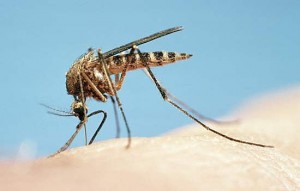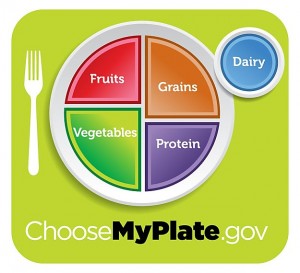 Hungry for a snack? Go for fruit and yogurt over a bag of chips.
Hungry for a snack? Go for fruit and yogurt over a bag of chips.
There is new evidence that eating specific foods – like potato chips (surprise!) – on a regular basis leads to weight gain. Researchers at Harvard University conducted three prospective studies involving more than 120,000 people followed over the course of 20 years to learn more about dietary and lifestyle choices that impact weight gain.
The study published in the New England Journal of Medicine offers data about a lot of assumptions many people have about weight gain.
The most striking finding was that people who ate specific foods – among them potato chips, potatoes, sugar-sweetened beverages and red meats and processed meats – were more likely to gain weight. Increased consumption of other foods – including vegetables, fruits, whole grains, yogurt and nuts – was associated with less weight gain.
The take-home message: It matters what you eat, not just how much. Eating healthier carbohydrates in place of sweets and refined grains leads to less weight gain over time, as does avoiding highly-processed foods.
“These findings underscore the importance of making wise food choices in preventing weight gain and obesity,” said Frank Hu, professor of nutrition and epidemiology at Harvard and senior author of the paper. “The idea that there are no ‘good’ or ‘bad’ foods is a myth that needs to be debunked.”
The study also found that getting too much or too little sleep, consuming alcohol on a daily basis and watching TV lead to weight gain.
You can see the lead author, Professor Dariush Mozaffarian, discussing his findings and learn more about the study in this Atlantic article.






